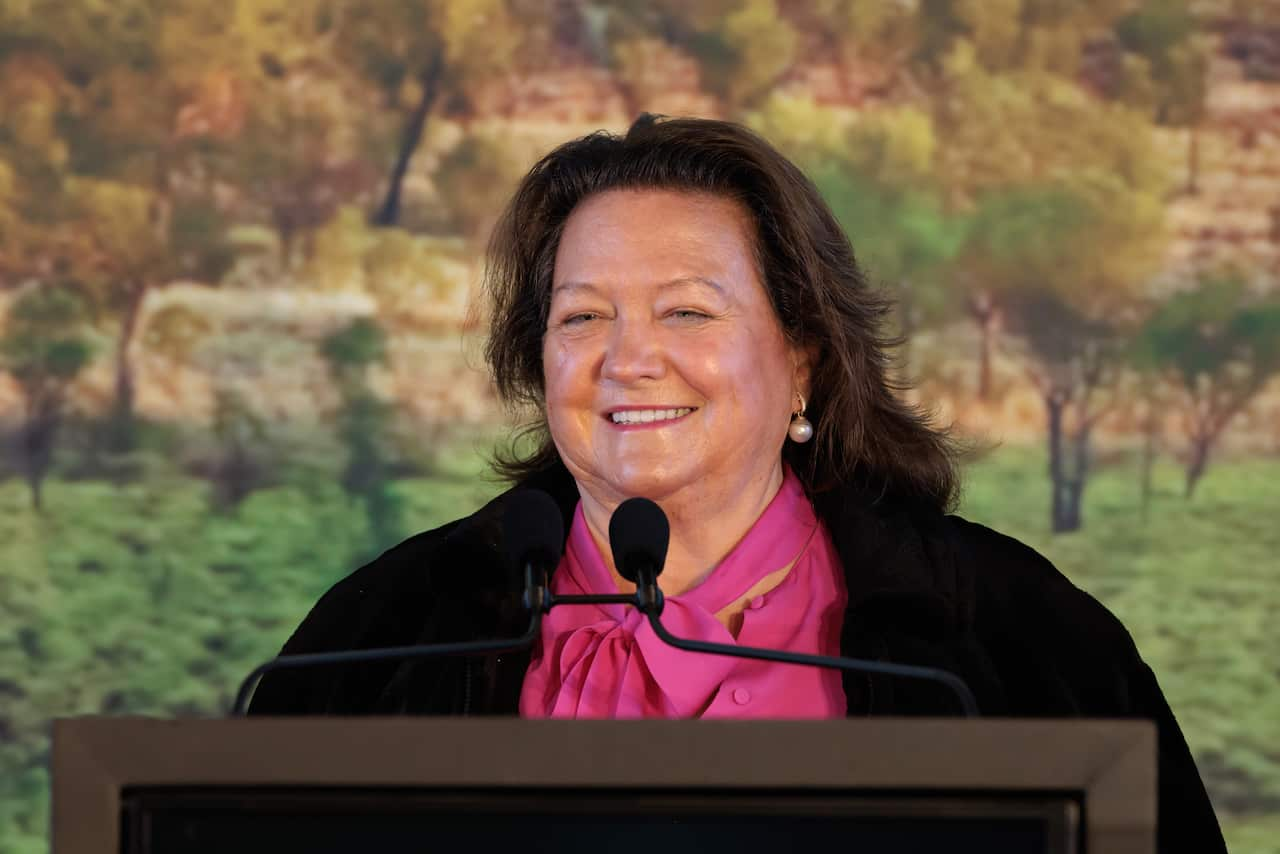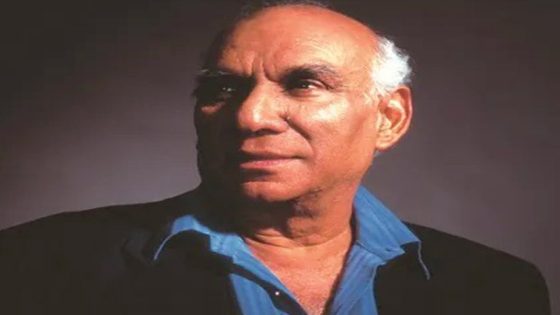In recent days, a portrait of Australia’s richest woman has , and her attempts to have it removed have sparked international attention.
The painting features mining billionaire Gina Rinehart and is part of an artwork by award-winning Arrernte artist Vincent Namatjira on display at the National Gallery of Australia (NGA) in Canberra.
The artwork is titled Australia in Colour and features 21 depictions of influential people, including Queen Elizabeth II, former AFL star Adam Goodes and former prime minister Scott Morrison.
The NGA website describes Namatjira as a “celebrated portraitist and a satirical chronicler of Australian identity”.
“His paintings offer a wry look at the politics of history, power and leadership from a contemporary Aboriginal perspective.”
But Rinehart reportedly wants her portrait removed, a move that has attracted attention across traditional media and social media.
It has also attracted international attention, with US television host Stephen Colbert even featuring the drama on The Late Show.
The Sydney Morning Herald has reported a second portrait of Rinehart by Namatjira on display at the NGA has also been requested for removal.
Vincent Namatjira’s Australia in Colour series includes a portrait of Gina Rinehart and other powerful or influential figures. Source: AAP / Lukas Coch
Rinehart is not the first person to inadvertently draw attention to something they seek to hide or remove.
Politicians, tech billionaire Elon Musk and the Church of Scientology have all found themselves in similar situations, nicknamed the ‘Streisand effect’ after US singer and actor Barbra Streisand.
What is the Streisand effect?
Associate professor Lauren Rosewarne, media and pop culture expert at the University of Melbourne, described the Streisand effect as a person trying to stop something from becoming public, and in doing so, accidentally making it more public.
“The Streisand story itself has got to do with aerial photos of Barbra Streisand’s house [in 2003] … her attempting to have them removed from public circulation put them on everybody’s radar,” she said.
“People hadn’t previously been that interested in Barbra Streisand’s home and suddenly we became very interested in Barbra Streisand’s home.”
Rosewarne said the reported attempt to remove Rinehart’s portrait had had a similar effect.
“I think this is the same as the unintended consequences of the Gina Rinehart story; people who normally would have no interest in what he’s hanging on the walls of an art gallery have suddenly become fascinated,” she said.
Here are some other examples of the Streisand effect.
The footballer’s affair
In 2011, Welsh footballer Ryan Giggs tried to cover up an affair he had with a Big Brother contestant by using a so-called super injunction, preventing the reporting of any detail about the injunction as well as the existence of the injunction itself.
However, tweets identifying Giggs were widely posted and the international press mentioned the footballer by name
The story was then shared widely, and one UK MP named Giggs using parliamentary privilege.
Giggs then sued Twitter as he sought to uncover who published the confidential information.
Elon Musk’s private jet
In December 2022, eight months after taking over social media platform X (formerly Twitter), Elon Musk banned the Twitter account @ElonJets.
The account was operated by university student Jack Sweeney and tracked the use and carbon emissions of Musk’s private jet.
Musk blocking the account drew media coverage and public attention to the account and led to increased scrutiny over his jet usage.
ElonJets has now migrated to Threads, where it has 175,000 followers.
The Church of Scientology
The Streisand effect is not limited to individuals.
In 2008, the Church of Scientology fell victim to the Streisand effect over a video of Hollywood actor Tom Cruise speaking about Scientology.
After the video was shared online the Church ordered its removal, claiming the video had been pirated and leaked.
This led to the creation of Project Chanology — a protest movement against Scientology — and a series of rallies.
What happens next with the Gina Rinehart portrait?
In a statement, the NGA confirmed it has no plans to remove the portrait, which is being displayed as part of a temporary exhibition.
“The National Gallery welcomes the public having a dialogue on our collection and displays,” the statement read.
“Vincent Namatjira: Australia in Colour exhibition is on display in full until the closing date of 21 July 2024.”
Mining billionaire Gina Rinehart is reportedly seeking to have her portrait removed from the National Gallery of Australia. Source: AAP / Richard Wainwright
Rosewarne said whether or not Rinehart can have the portrait removed will not stop the portrait from being seen by the public.
“When you look up her name (online) now that image comes up,” she said.
“So even if she’s successful — which I don’t think she will be — at getting it withdrawn from the exhibition, her name is now in perpetuity coupled with that art on an internet search. She’s done this.”
SBS News has contacted Rinehart for comment through Hancock Prospecting.



